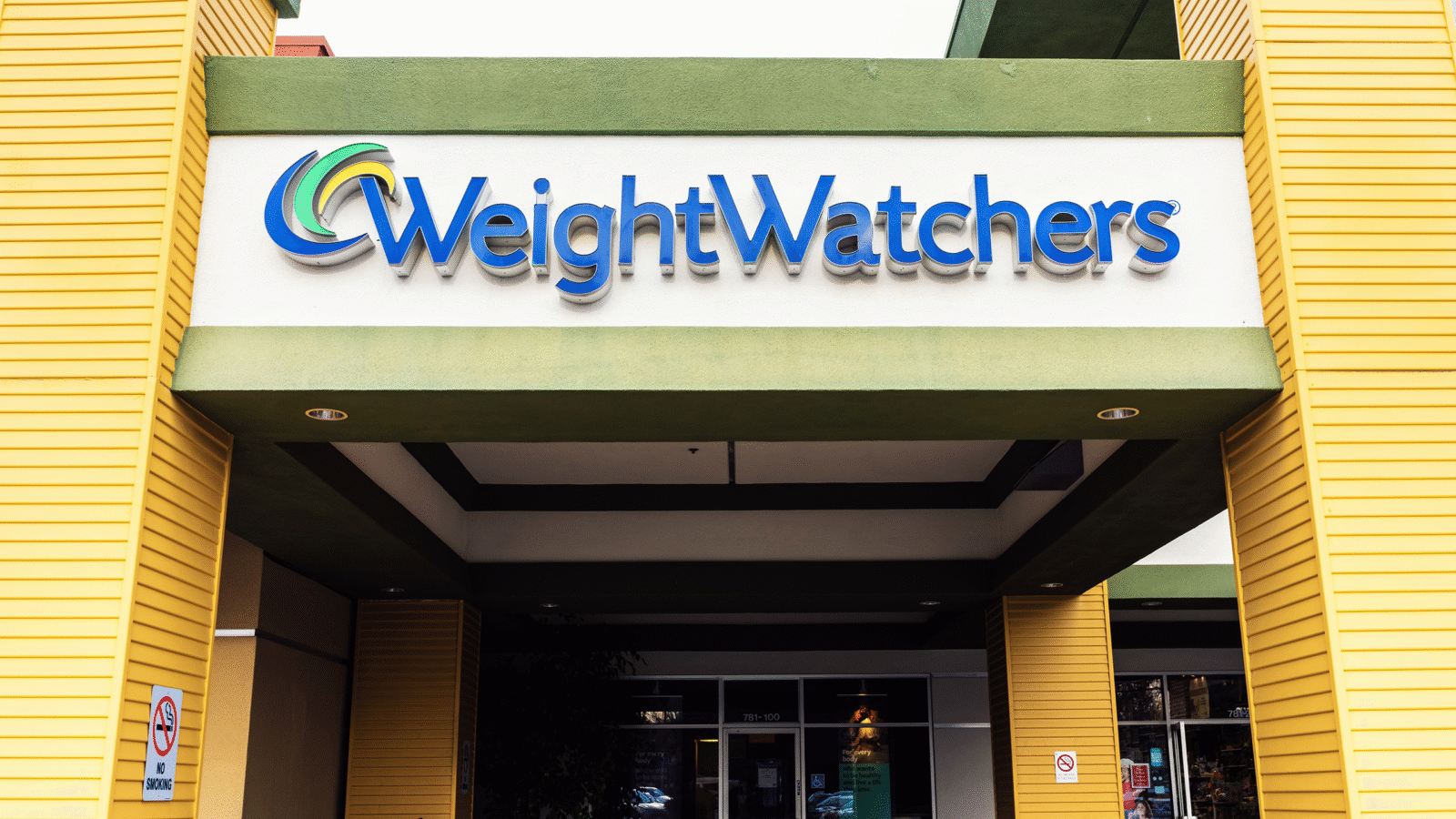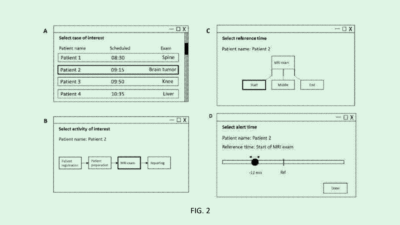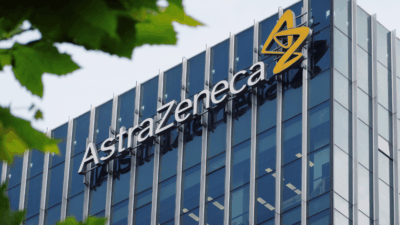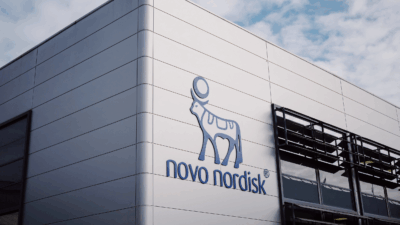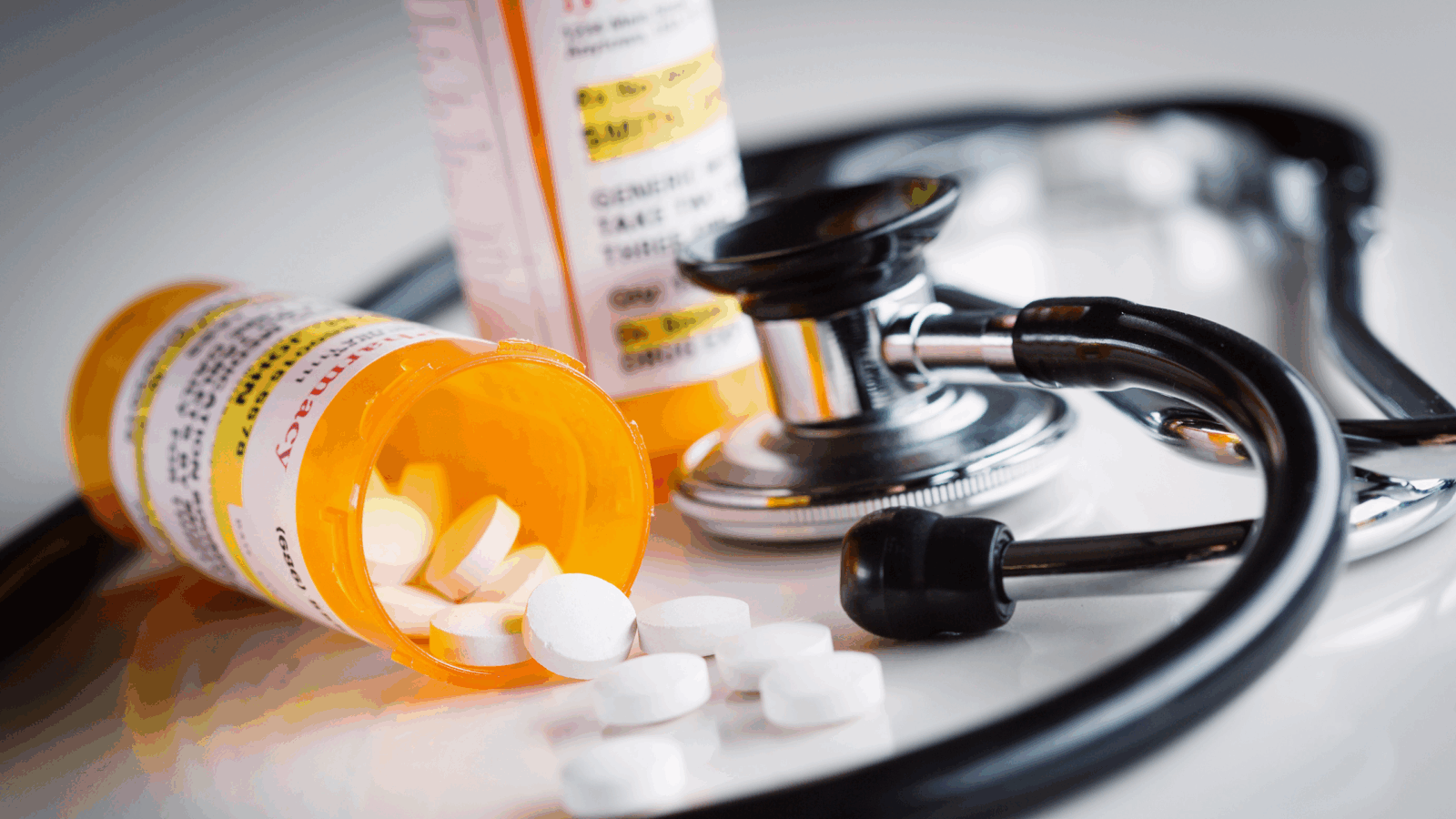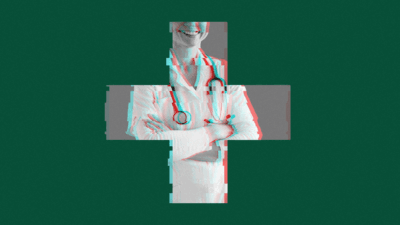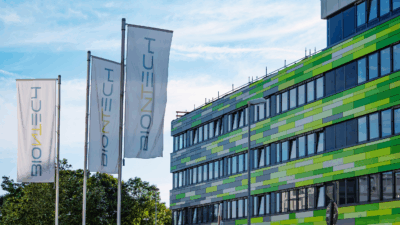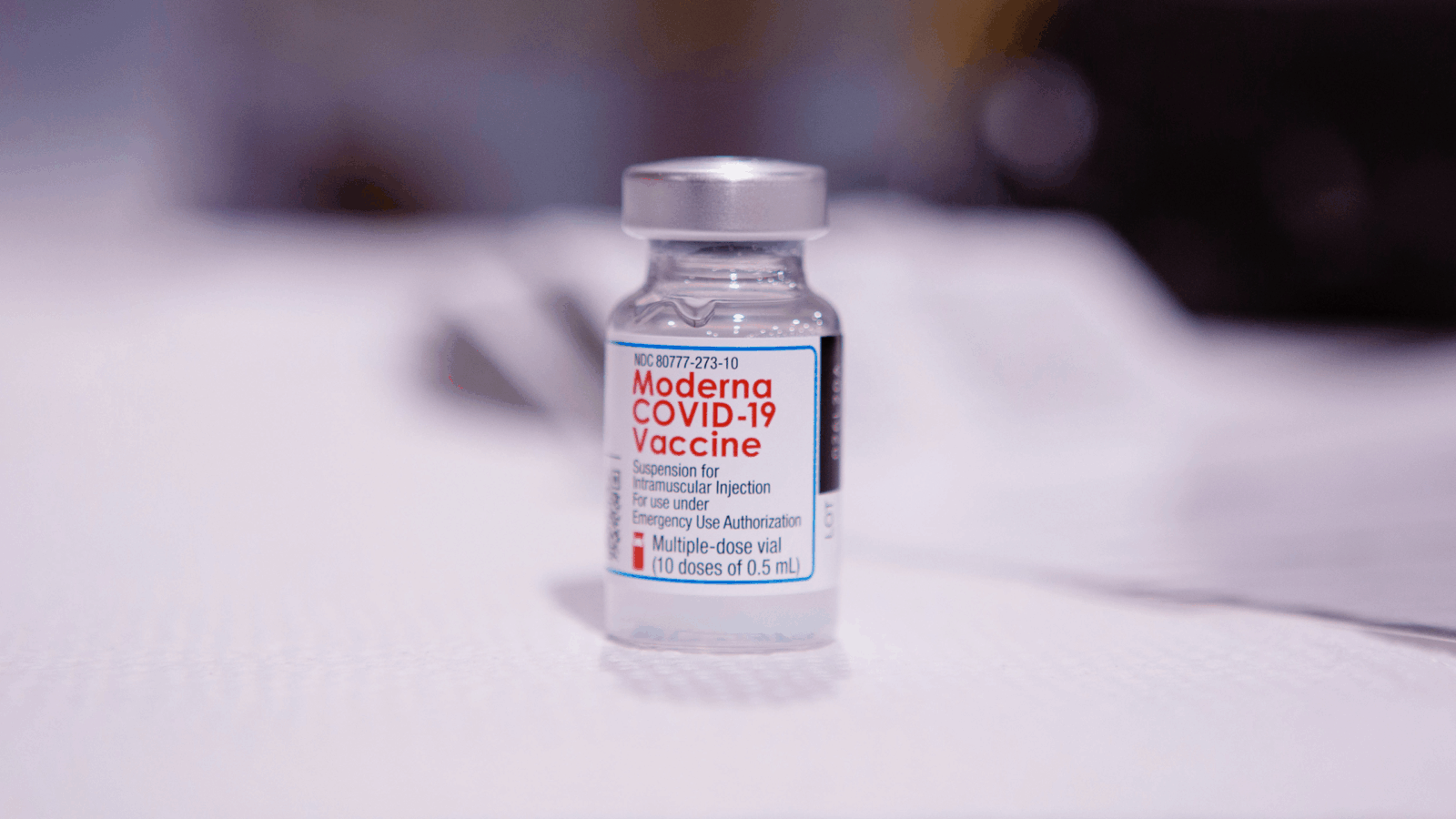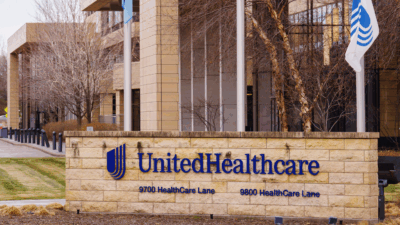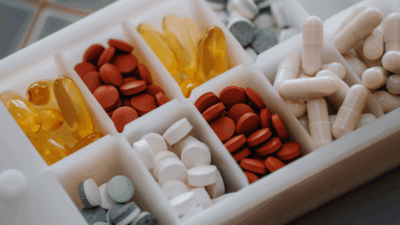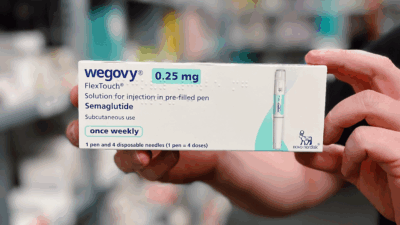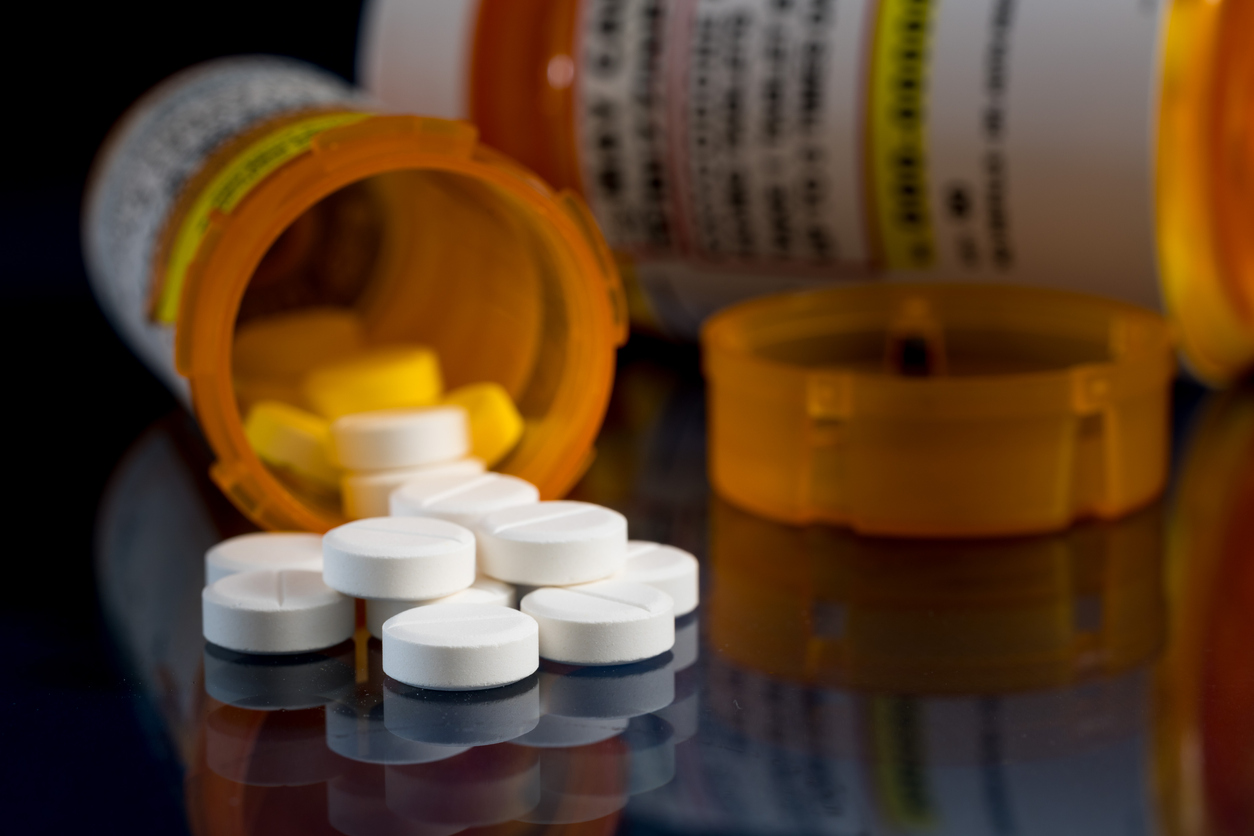
Sign up for smart news, insights, and analysis on the biggest financial stories of the day.
In his hit song “I Want a New Drug, Huey Lewis also made clear that it shouldn’t “cost too much.” Wait till he gets a load of this.
As drugmakers roll out new treatments this year, they’re charging record-high prices, a Reuters analysis revealed Monday. How’s that for The News, Huey?
Asterisky Business
Typically, US pharma companies justify high prices as the cost of innovation — and the domestic industry does lead McKinsey’s biotech innovation global index by a healthy margin. On the other hand, a 2021 Brookings report says 29% of patients forgo treatment due to prohibitive pricing, as the field extracts “supra-competitive” levels of profit. The $430 billion Inflation Reduction Act passed in Congress last week has caps on annual drug price increases and lets Medicare negotiate prices on some of the most costly drugs. But there’s an asterisk, of course: the bill doesn’t cap the price tag that drugmakers can slap on new drugs.
That has some concerned that pharma companies, the chief beneficiaries of the more than $500 billion spent on prescription drugs in the US, could stake out higher and higher debut prices. The latest data shows that’s already the case:
- Reuters found that the median annual price for 13 novel drugs approved by the FDA for chronic conditions in 2022 is $257,000. According to The Journal of the American Medical Association — drug prices grew 20% annually between 2008 and 2021.
- Increasingly, drugmakers just don’t want to talk about it. Reuters said six of the 15 companies that launched new drugs this year declined to provide drug pricing information or only provided partial information, a downturn in transparency from earlier years.
“The industry will turn to new drugs to try to use the lever that remains uncontrolled,” Daniel Ollendorf, a director at the Center for the Evaluation of Value and Risk in Health at Tufts Medical Center, told Reuters.
But while new drug prices are soaring, lower-cost generics and expiring patents keep a lid on overall drug price inflation, which was just 2.8% in the 12 months to July, according to the Bureau of Labor Statistics. At only 0.8% above the Fed’s overall inflation target, Huey himself might be okay with that.
